Category: cold war Italian Navy
Pietro de Cristofaro class Corvette
Pietro De Cristofaro (F540), Salvatore Todaro (F550), Umberto Grosso (F541), Licio Visintini (F546) 1963-65, active 1990s Background Following the disappointing…
Albatros-class Corvette (1954)
Built 1954-58: Albatros, Alcione, Airone, Aquila, Bellona*, Diana*, Flora*, Triton*, Lynx*, Pattimura**, Sultan Hasanudin** The Albatros class was a class…
Luigi Durand de la Penne class destroyer
The last Italian Guided Missiles Destoryers Built 1989-93: Luigi Durand de la Penne, Francesco Mimbelli 1993-2024/25 Italy Day ! The…
Audace class destroyers (1971)
Built 1968-71, in service until 2006: Audace, Ardito DD 551-550 The Audace-class destroyers were two guided missile destroyers built for…
Impavido class destroyers (1962)
The first Italian guided missile destroyers Built 1958-64, in service 1991-1992: Impavido, Intrepido DD 570-571 The Impavido class were the…
San Giorgio class LHDs (1987)
Amphibious Transport Docks Built 1985-1994: San Giorgio, San Marco, San Giusto (L9892 to 9894). Exports: Kalaat Béni Abbès, Al Fulk….
Impetuoso class destroyers (1952)
The first Italian postwar destroyers Built 1952-83: Impetuoso, Indomito Italy Army Day ! The Impetuso or Indomito class depending on…
Aircraft Carrier Giuseppe Garibaldi (1983)
Giuseppe Garibaldi, 1st Italian STOVL carrier Built 1981-85 currently in service Italy Unification Day ! Giuseppe Garibaldi is one of…
Vittorio Veneto helicopter cruiser (1967)
Helicopter cruiser Vittorio Veneto (1967) In service 1969-2003 The last Italian helicopter missile cruiser Within the frame of NATO’s ASW…
Doria class helicopter cruisers (1962)
Italian Guided Missiles Cruisers and Helicopter cruisers (1962) Andra Doria, Caio Duilio, in service 1964-1992 The first Italian helicopter missile…






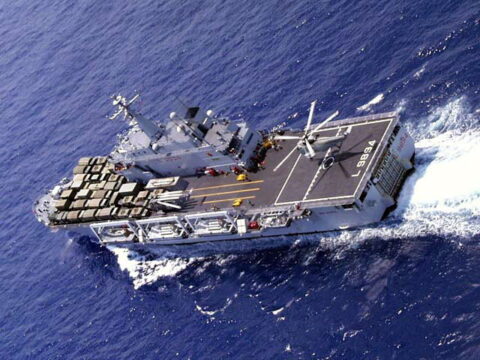
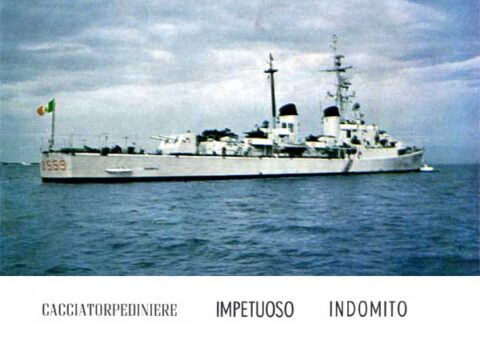
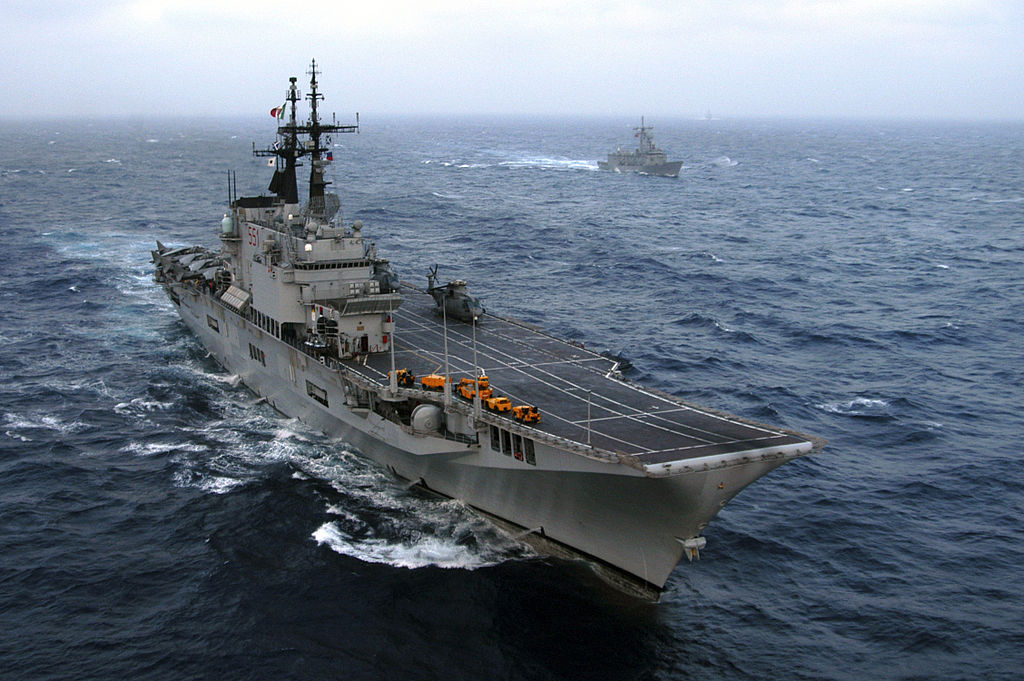
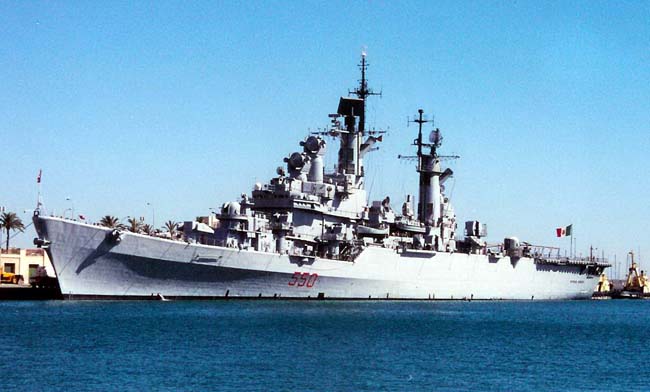
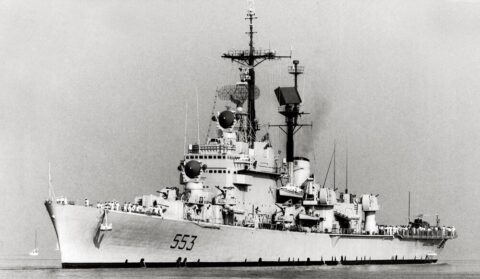
 dbodesign
dbodesign